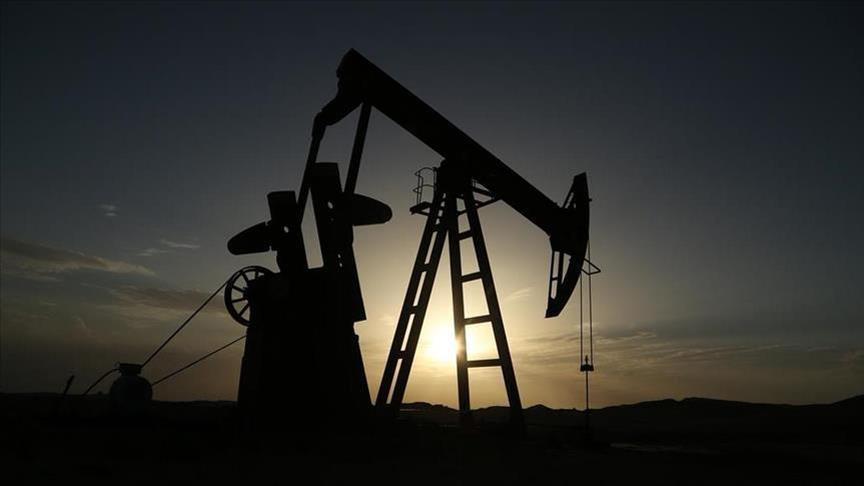Africa-Press – Tanzania. Oil prices fell below the key $70 mark last week as increased output from OPEC+ eased global supply concerns, while renewed US tariff threats under President Donald Trump weighed on demand expectations.
Brent crude settled at $68.60 per barrel on July 18, down 2% for the week. West Texas Intermediate (WTI) dropped 2.3% to $66.
OPEC’s latest monthly report showed the group’s crude oil output rose by 220,000 barrels per day (bpd) in June to 27.023 million bpd. Production from the broader OPEC+ alliance climbed by 349,000 bpd to 41.56 million bpd during the same period.
While OPEC maintained its 2025 global demand forecast, it still expects a 1.3 million bpd increase this year, bringing total demand to 105.13 million bpd. However, analysts said the stable demand outlook alongside rising supply has deepened expectations of a surplus, adding pressure to prices.
Further sentiment was dampened after Trump announced new tariffs on July 12, escalating trade tensions with the European Union. The new package includes a sweeping 30% duty on all imports from the EU, effective Aug. 1, adding to existing sector-specific tariffs already in place.
‘Oil to stick around $70 per barrel’
Neil Crosby, senior oil analyst at Switzerland-based data firm Sparta, told Anadolu that macroeconomic factors, including elevated US inflation and trade friction, are driving oil’s retreat, adding that oil will stick to “around the $70 per barrel range until something more drastic changes. Risk for me is still to the upside given a still brewing situation in Iran. And flat price already to an extent reflects the ‘consensus’ that the second half of this year is very long.”
Osama Rizvi, energy and economy analyst at US-based market intelligence firm Primary Vision, said oversupply remains a concern. He noted OPEC+ production exceeded its quota by 830,000 bpd – well above the group’s planned increase of 548,000 bpd.
“We are seeing strong supply from the US as Primary Vision’s Frac Job Count is essentially the same as of last year at 209 but oil prices are down by $20,” he said. “It means that non-OPEC providers, such as US, have very low breakevens and are also resilient to price shocks. Demand is not strong as witnessed by the recent increase in distillate stockpiles in the US despite summer driving season.”
“I therefore think that prices will remain range bound occasionally crossing 70 but essentially averaging 66–68 for the remaining year,” he added.
Palash Jain, Middle East oil market specialist at London-based consultancy Facts Global Energy (FGE), said prices remain volatile within the $66 to $70 range.
“Overall, market fundamentals point toward increased upward pressure on crude prices in the near term. However, the upside potential remains capped due to lingering concerns over the potential negative impact of Trump’s tariff threats on global oil demand,” Jain said.
For More News And Analysis About Tanzania Follow Africa-Press







